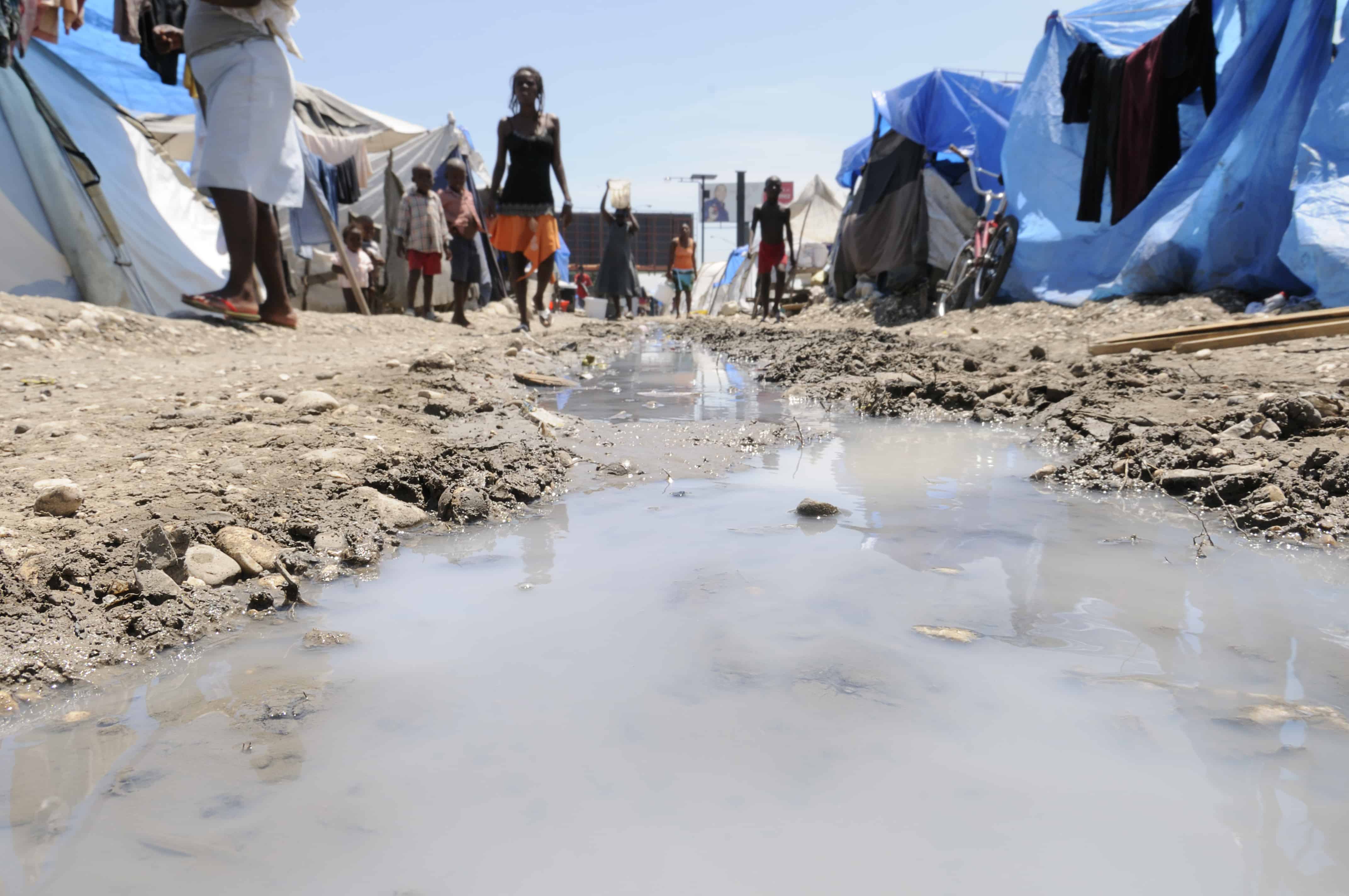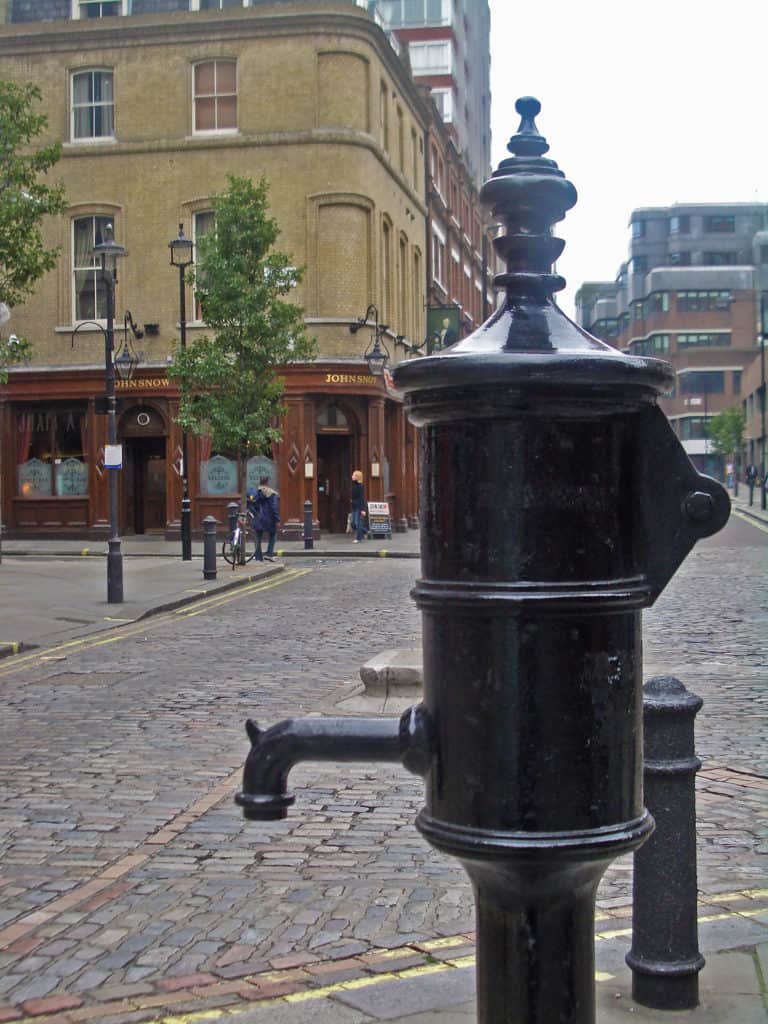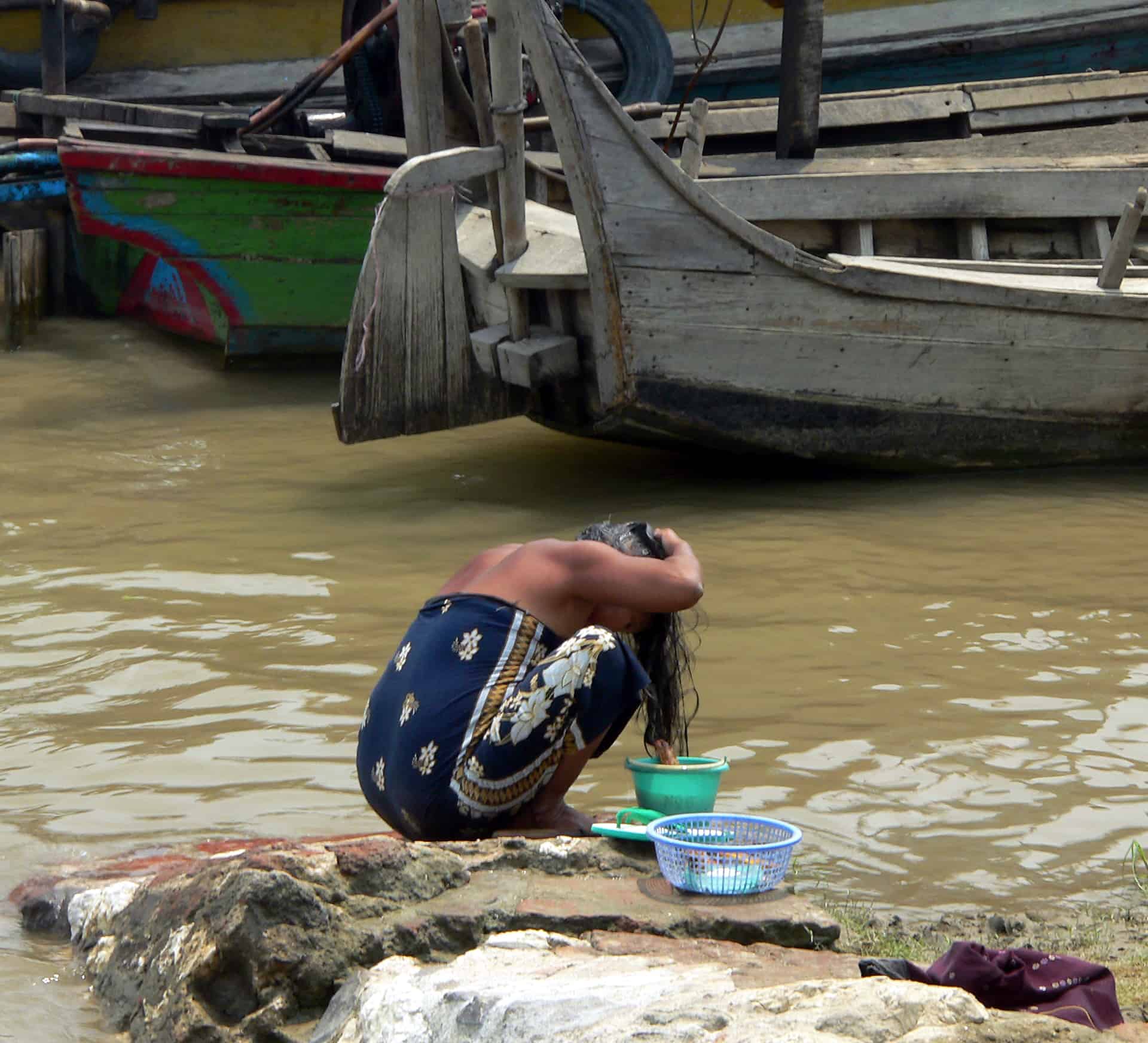
Despite the importance of clean water to sanitation, the close connections between public health and water supplies were not revealed scientifically until the mid-1800s. After an outbreak of cholera in London in 1848, Dr. John Snow determined that public wells drawing water from the Thames River spread cholera.1The story of the discovery of the connection of cholera with contaminated water and the Great Stink in London have been extensively covered by the published literature. I recommend Bill Bryson, At Home: A Short History of Private Life (New York: Anchor, 2011) as one that is accessible and interesting to a general audience. At the time, untreated human waste emptied directly into the river.

The city of London had disposed of untreated sewage in the Thames for hundreds of years, and the currents had done a great service to the metropolis by washing the waste downstream to sea. However, the combination of heat and drought during the summer of 1858 left less water to dispose of the wastes. Stagnant water and air produced a noxious smell, triggering a temporary suspension of Parliament, whose building sits on the banks of the Thames. The events of the summer marked a turning point in the development of modern water systems by inspiring the creation of an ambitious public works project installing 1,200 miles of sewers into a crowded city of 3 million people. The project addressed the problem of waste disposal and created the river embankments that stand today as a key piece of London’s urban landscape.
In the past, London solved its water problems by simply flushing waste away from the city. Today’s high density, industrialized societies invest energy to dispose of their waste through modern wastewater treatment plants. They also use energy to treat their drinking water supplies. Investing energy to clean water is one of the great public policy achievements of the last 150 years.2David Sedlak, Water 4.0: The Past, Present and Future of the World’s Most Vital Resource (New Haven: Yale University Press, 2014). Energy also lets us heat our water, which is critical for sterilizing medical equipment, washing our hands, ridding our society of many disease-carrying pests, and cleaning wounds.
Despite the multiple benefits, more than 1.1 billion people globally lack access to clean water sources for drinking, cooking, and washing.3For information on global access to water and wastewater, the United Nations is a reliable source. For information on global water stress, Vörösmarty’s work is the standard-bearer: C. J. Vörösmarty, et al., “Global threats to human water security and river biodiversity,” Nature 467 (2010), 555-561, accessed August 26, 2016, doi: 10.1038/nature09440. In addition, the Pacific Institute produces a series of biennial reports on freshwater resources with convenient summaries of water data and in-depth analyses on water topics including availability, access, policies, and technologies: Peter Gleick, et al., The World’s Water: Volume 8 (Washington: Island Press, 2014), (and prior volumes in prior years). Models project the number increasing to 1.8 billion people by 2025. In China alone, 100 million people lack improved water sources, and 2.6 billion people globally remain vulnerable to waterborne diseases because they lack access to sanitation and wastewater treatment. Nearly 4.8 billion people, or 80% of the world’s population in 2000, reside in areas with significant water security or biodiversity threats. Because of the critical relationship between water and life, improving water quality is clearly a significant way to improve public health worldwide.

Image Credits: arindambanerjee/Shutterstock.com; Justinc/CC BY-SA 2.0; LiteChoices/Shutterstock.com.
Update your browser to view this website correctly.Update my browser now